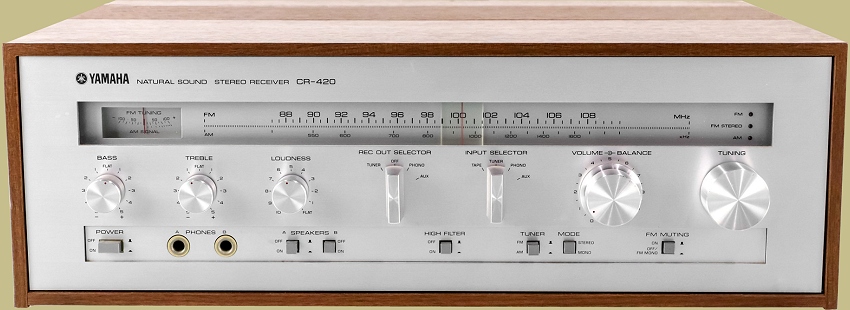At Low Volume Listening: on average, human ears hear mids best, less well the highs and lows. We hear them all equally at ’normal’ volumes.
Maintaining awareness of the Bass player in Jazz groups is what keeps low volume listening ’involving’ for me. you said ’musicality’, it’s about preserving that ’musicality’ at low volume.
Your ’left over’ amp has no balance, tone, or ’loudness’ features. Your placement limitations might make balance a needed feature for imaging.
Low Volume Listening (loudness is such a stupid name) is what Fletcher Munson Loudness Compensation is all about.
As you lower the volume, progressively, the bass and highs get boosted, progressively. One maker inversely cuts the mids progressively as their method, I forget which one.
You could see if you think you need it, then solve it one of 2 ways:
1. replace the amp with one with built-in ’Loudness’, and Balance, and Tone Controls, many vintage Yamaha (and other makers) have all this, some with no remote control. Proper implementation: Look for Two controls, One ’Volume’, other ’Loudness’. Start with loudness ’flat’, set ’normal’ volume with volume control. use ’loudness’ control to lower the volume, fletcher munson begins progressively. loudness back to flat (essentially loudness off), use the main Volume control for occasional increase above normal listening level.
Do not lower the main volume below your pre-determined 'normal' as that does not progressively boost the highs or lows. Always use 'loudness' to lower below 'normal'.
2. my solution, to use featureless, or vintage feature laden non-remote equipment, is to add the Chase Remote Line Controller RLC-1. You must have the remote, no controls on the unit itself.
Remote Volume and Balance, and progressive bass boost as you lower the volume, continue to use your or any amp. Mute, tone controls, 4 switchable line inputs, two identical outputs




